
LHX: Attack Chopper is a hard-charging combat flight game from Electronic Arts that lets players pilot the agile AH-64 Apache, futuristic LHX prototype, and fast UH-60 Blackhawk across varied warzones. Its design merges simulation nuance with arcade immediacy, urging you to play tactically while reacting to sudden threats. Fans of the mission depth in Gunship 2000 or the immersive terrain of Comanche: Maximum Overkill will feel right at home. Whether flying solo or taking the challenge online, the game still delivers crisp vector graphics and pulse-pounding action. Its intuitive keyboard and joystick controls keep the learning curve friendly for new pilots.
When Electronic Arts released LHX: Attack Chopper at the dawn of the 1990s, combat flight sims were beginning to stretch their wings. Polygon engines had just started to suggest three-dimensional freedom, yet most titles still leaned heavily on gauges and static backdrops. LHX flew in and rewired expectations with its bold mixture of fast-moving 3D battlefields, accessible controls, and a story that let players imagine daring special-operations sorties across global hotspots. Decades later, the design still feels remarkably fresh, proving how a well-balanced game can outlast changing hardware and operating systems.
Unlike contemporaries that opted for wireframes or simple sprites, LHX delivered filled-polygon vehicles and terrain that gave every dogfight a tangible sense of depth. Rolling dunes, rigid mountain chains, and narrow river valleys forced pilots to hug the ground in search of cover, while enemy radar sweeps compelled split-second altitude decisions. The game’s visual language is spare by modern standards, yet its clean vectors communicate movement so crisply that spotting incoming SAM trails or streaking Hind gunships remains exhilarating. By stripping away ornamental textures, the developers focused on readable silhouettes and responsive framerates, ensuring that players felt in command of a living battlefield rather than stuck in a cockpit diorama. Subtle shading hints at time of day, with early-morning shadows and midday glare adding atmosphere without taxing the engine.
Mission structure sits at the heart of LHX’s enduring charm. Each sortie is procedurally composed from objectives such as convoy interdiction, prisoner extraction, or infrastructure strike, and these goals are woven through evolving conflict zones that react to player success or missteps. A failed strike might leave anti-air emplacements intact for the next flight, while rescuing downed crew could unlock safer ingress routes. This emergent flow gives the game its replay power: no two runs feel identical, and mastery grows organically as you learn to read radar patterns, anticipate enemy reinforcements, and conserve hard-hitting Hellfire missiles for priority targets. Despite the strategic depth, flight handling stays approachable. The AH-64 Apache feels heavy but agile, the UH-60 Blackhawk offers stability for troop drops, and the experimental Light Helicopter Experimental—LHX—turns evasive maneuvers into a dance of collective pitch and yaw. The designers borrowed real aviation data yet tuned responsiveness for immediate feedback, bridging full-fidelity sims and action shooters. Collective management plays a starring role; dumping torque too quickly will stall lift, while easing the stick back at the top of a zoom climb rewards you with a crisp hover pivot that feels authentic yet forgiving enough for newcomers to master within minutes.
The vector renderer that once demanded a top-tier 386 now scales effortlessly to modern browsers, letting new pilots play LHX: Attack Chopper online in seconds. There is no need for complicated installers or legacy hardware; an embedded emulator loads the original game files, initializes DOS memory, and hands over the controls. Because the code is fully self-contained, the experience remains free of regional restrictions, micro-transactions, or account barriers, making it possible to play on a desktop during a lunch break or launch quick sorties on a mobile device while commuting. Tactile touchscreen input maps cleanly to collective and cyclic controls, and external gamepads trigger the same adrenaline rush as vintage joysticks. The result is a faithful reproduction of every canyon run, cannon burst, and tense extraction without the friction that once came from configuring sound cards and autoexec files. Local cooperative sessions survive, letting two friends alternate flying and gunnery without extra hardware, rekindling the dorm-room marathons of old.
Several qualities ensure that this game continues to captivate. First, the strategic feedback loop rewards careful planning as surely as it celebrates daring improvisation; you can skim treetops to sneak past radar arrays or climb high to rain guided rockets from a distance, and both approaches feel valid within the mission generator. Second, the audiovisual presentation walks a fine line between abstraction and immersion. Rotor noises, impact thuds, and warning klaxons deliver clarity without overwhelming your senses, while the distinct matte color palette keeps the action readable on any display. Third, the game’s flexible difficulty scaling respects newcomers while challenging veteran pilots who crave increased SAM accuracy and smarter armor convoys. Finally, LHX resonates because it trusts players to write their own narrative arcs. Rank promotions, medal ceremonies, and debriefing notes contextualize success, but the real stories emerge in the tension of a damaged tail rotor miles from home base or a last-second dive behind a ridge to break missile lock. These unscripted moments embed themselves in memory, much like harrowing missions from later titles in the genre, yet LHX achieves them with minimalist tools that stand the test of time. The program’s small memory footprint means it runs smoothly even on entry-level devices, proving that smart optimization can transcend generational leaps in hardware.
Taken together, these elements explain why LHX: Attack Chopper remains a go-to recommendation for anyone curious about classic PC air combat. The controls rely on intuitive combinations of pitch, roll, yaw, throttle, and weapon cycling that can be mapped to keyboard or controller with ease. After a brief familiarization flight, most pilots will be weaving through canyons, selecting appropriate ammunition, and monitoring threat indicators as naturally as they would in newer games. Whether you fly solo missions for the sheer thrill or chase personal score benchmarks, the sense of accomplishment after a clean extraction never fades.
All original codes featured in this review are publicly available, and the game, its assets, and its trademarks remain the property of their original authors.
Share game
Share game
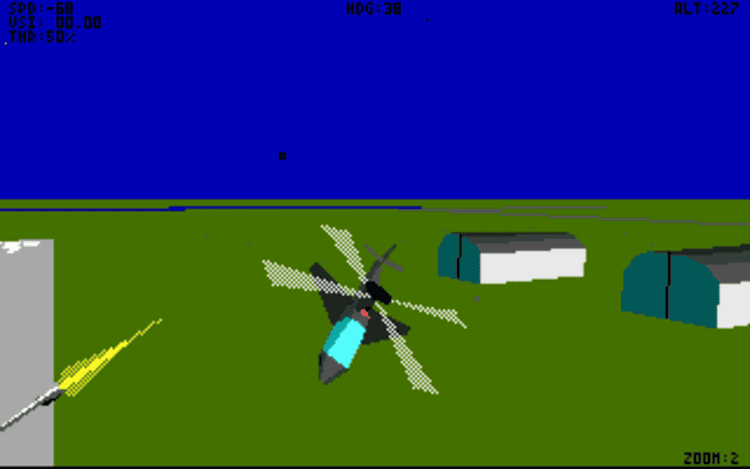

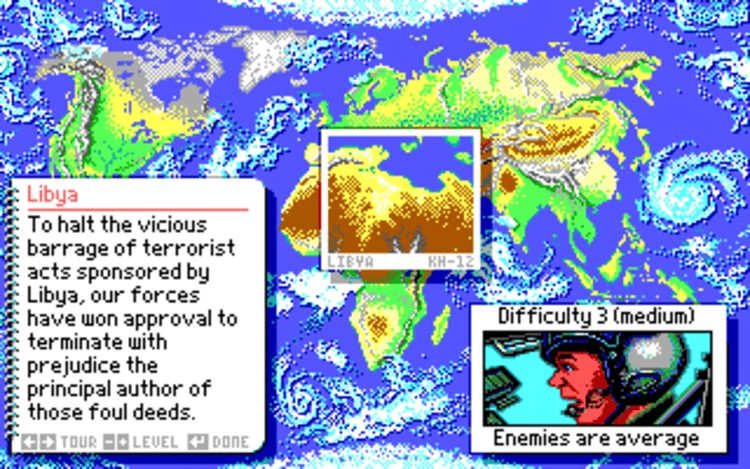
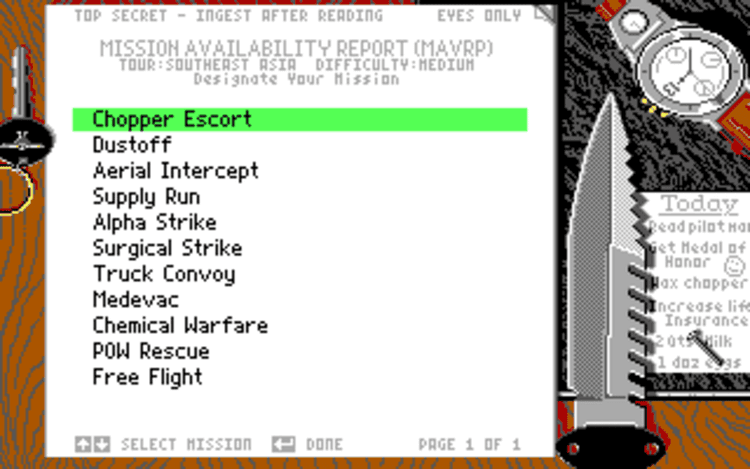

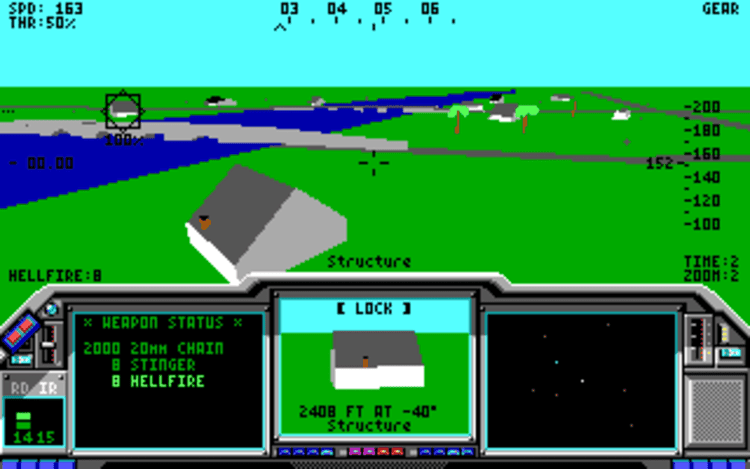
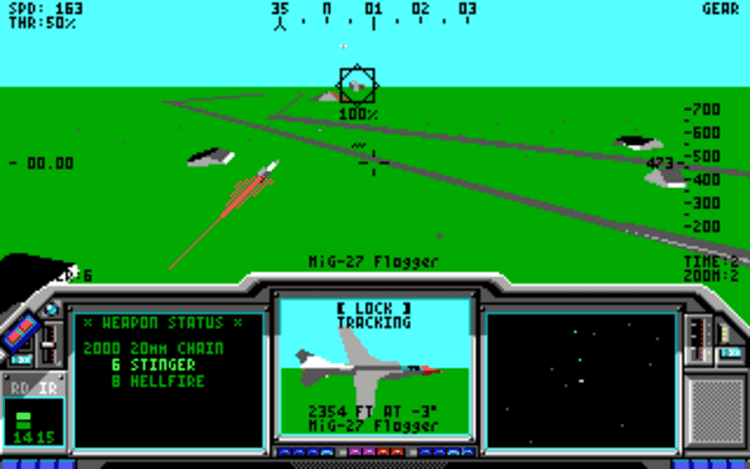
Share game